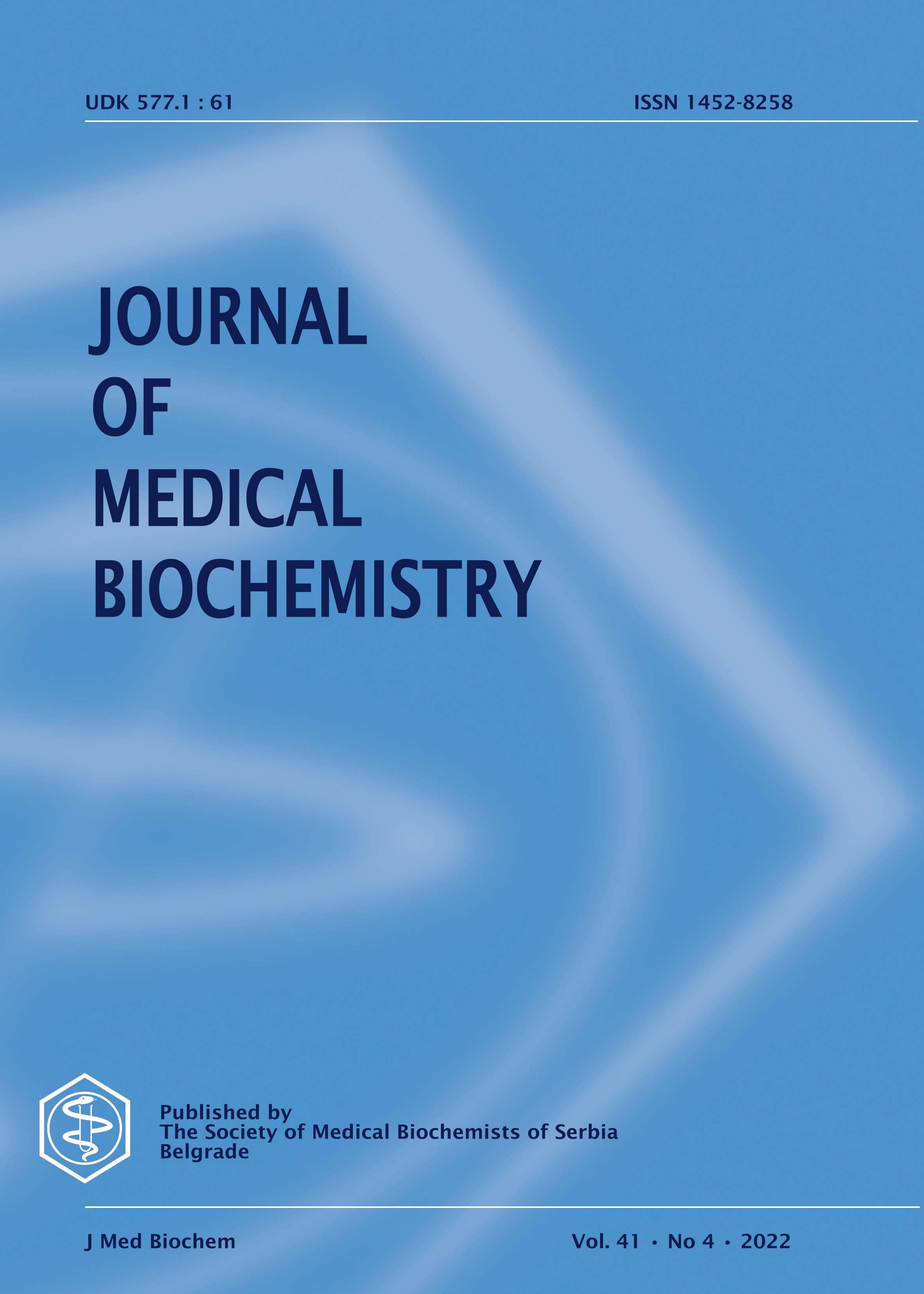Artificial neuronal network analysis in investigating the relationship between oxidative stress and endoplasmic reticulum stress to address blocked vessels in cardiovascular disease.
Abstract
Background: Cardiovascular disease is the leading cause of death in the world and is associated with significant morbidity. Atherosclerosis is the main cause of cardiovascular disease (CVD) including myocardial infarction (MI), heart failure, and stroke. The mechanism of atherosclerosis has not been well investigated in different aspects such as the relationship between oxidative stress and endothelial function. The aim of this project is to investigate whether an oxidative enzyme vascular peroxidase 1 (VPO1) and activating transcription factor 4 (ATF4) can be used as biomarkers in highlighting the pathogenesis of the disease and in evaluating the prognosis of the relationship with endoplasmic reticulum and oxidative stress.
Methods: For this purpose; 80 patients were evaluated according to the coronary angiography results. hs-CRP, lipid parameters and demographic characteristics, VPO1, ATF4 and Glutathione peroxidase 1 (GPx1) levels were measured.
Results: We found an increase in VPO1 and hs-CRP levels in single-vessel disease as compared to controls. On the contrary, ATF4 and GPx1 levels were decreased in the same group which was not significant. Our results showed a significant positive correlation between ATF4 and lipid parameters. Statistically significant positive correlation was also observed for VPO1 and ATF4 (r=0,367, P<0,05), and negative correlation was found for ATF4 and GPx1 (r=-0,467, P<0,01). There was a significant negative relationship noted for GPx1 and hs-CRP in two/three-vessel disease (r=-0,366, P<0,05).
Conclusions: VPO1 and ATF4 might be potential biomarkers associated with coronary artery disease, especially in the follow-up and monitoring of treatment protocols, in addition to traditional risk factors.
Keywords: Artificial neural network analysis; atherosclerosis; cardiovascular disease; endoplasmic reticulum stress; oxidative stress.
Copyright (c) 2022 Zeynep Güngör, Fatma Kalay, Muhammet Sait Toprak, Hakan Ekmekçi, Mine Kucur, Barış İkitimur, Hüseyin Sönmez

This work is licensed under a Creative Commons Attribution 4.0 International License.
The published articles will be distributed under the Creative Commons Attribution 4.0 International License (CC BY). It is allowed to copy and redistribute the material in any medium or format, and remix, transform, and build upon it for any purpose, even commercially, as long as appropriate credit is given to the original author(s), a link to the license is provided and it is indicated if changes were made. Users are required to provide full bibliographic description of the original publication (authors, article title, journal title, volume, issue, pages), as well as its DOI code. In electronic publishing, users are also required to link the content with both the original article published in Journal of Medical Biochemistry and the licence used.
Authors are able to enter into separate, additional contractual arrangements for the non-exclusive distribution of the journal's published version of the work (e.g., post it to an institutional repository or publish it in a book), with an acknowledgement of its initial publication in this journal.

